
The global automotive industry finds itself at a critical juncture, navigating a complex web of supply chain disruptions that have profound implications for both manufacturers and consumers. What was once a finely tuned, just-in-time system has been buffeted by a series of geopolitical tensions, trade policy shifts, and unforeseen material shortages, leading to a landscape characterized by elevated prices, constrained availability, and an palpable sense of uncertainty in the new car market. This intricate interplay of factors demands a comprehensive examination, dissecting each critical component of the disruption to understand its breadth and depth.
Industry experts and executives, from academic professors to analysts at major financial and automotive insights firms, have consistently highlighted the significance of these headwinds. Peter Morici, a professor emeritus at the University of Maryland’s School of Business, noted that “You start to roll all of this together and it does get significant,” adding his feeling that “there just have been too many disruptions for this not to affect the availability of automobiles if this goes on long enough.” This sentiment is echoed across the sector, with companies like Ford, General Motors, and Stellantis projecting substantial tariff-related hits to their earnings, signaling a systemic challenge that goes beyond isolated incidents. The repercussions are far-reaching, influencing every stage from raw material procurement to the final sale on the dealership floor, fundamentally altering the car-buying experience for millions.
For the discerning consumer, understanding these intricate dynamics is more crucial than ever. The days of abundant inventory and aggressive discounting are, for the moment, giving way to a market demanding patience, strategic planning, and a willingness to adapt. This article delves into the primary forces at play, meticulously analyzing how each supply chain challenge contributes to the current environment of higher new car prices and diminished availability, providing a clear and authoritative perspective on a situation that is continuously evolving.
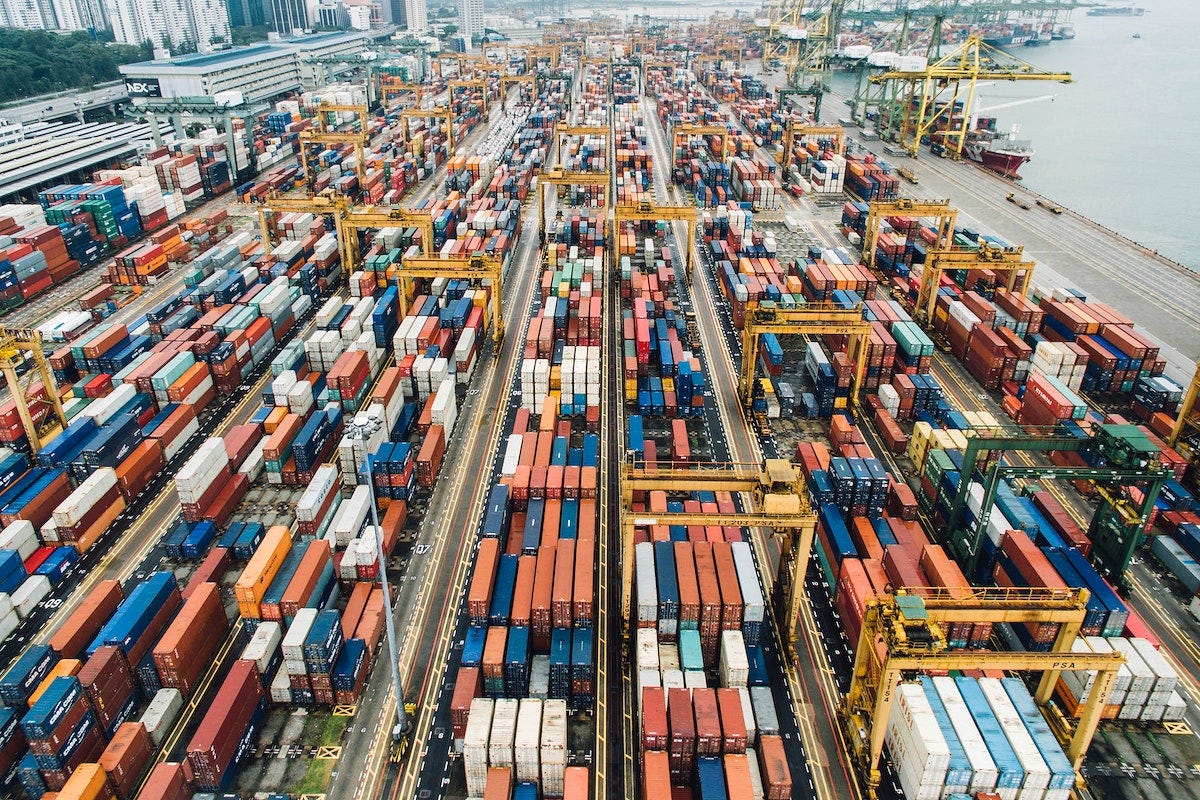
1. **The Multifaceted Impact of Tariffs and Trade Policy Shifts**
The reintroduction and imposition of various tariffs stand as a significant and enduring factor in the current automotive landscape, directly escalating production costs and, consequently, vehicle prices. On March 26, 2025, US President Donald Trump announced a 25% tariff on automobiles and certain automobile parts, including engines, transmissions, powertrain parts, and electrical components, under Section 232 of the Trade Expansion Act of 1962. This policy went into effect on April 3, 2025, marking a pivotal moment for the industry.
Initially, this policy largely exempted vehicles covered by the United States-Mexico-Canada Agreement (USMCA), where tariffs only applied to the value of non-U.S. content. However, wider reciprocal tariffs, justified as a response to persistent US trade deficits, further complicated the situation. Effective April 5, 2025, a 10% ad valorem tariff applied to imports from all countries, with rates for 57 countries set to increase between 11% and 50% on April 9, 2025, though these higher tariffs were paused for 90 days.
The immediate aftermath saw some foreign automakers, like Ferrari, announcing price increases of up to 10% for certain models to offset these new costs. While widespread tariff-driven price increases across the entire market did not materialize as broadly as initially feared, the cumulative effect of these levies has been substantial. Ford, General Motors, and Stellantis alone projected a combined $7 billion tariff-related hit to their 2025 earnings, illustrating the significant financial burden placed on major manufacturers. This is “real money” that, as Gary Grigowski, vice president and co-founder of Team 1 Plastics, noted, “has to be recovered somehow,” signaling potential future price adjustments for consumers.
Read more about: The Tariff Tangle: Why Key Auto Parts Are Vanishing From Stores and How Repair Costs Are Skyrocketing
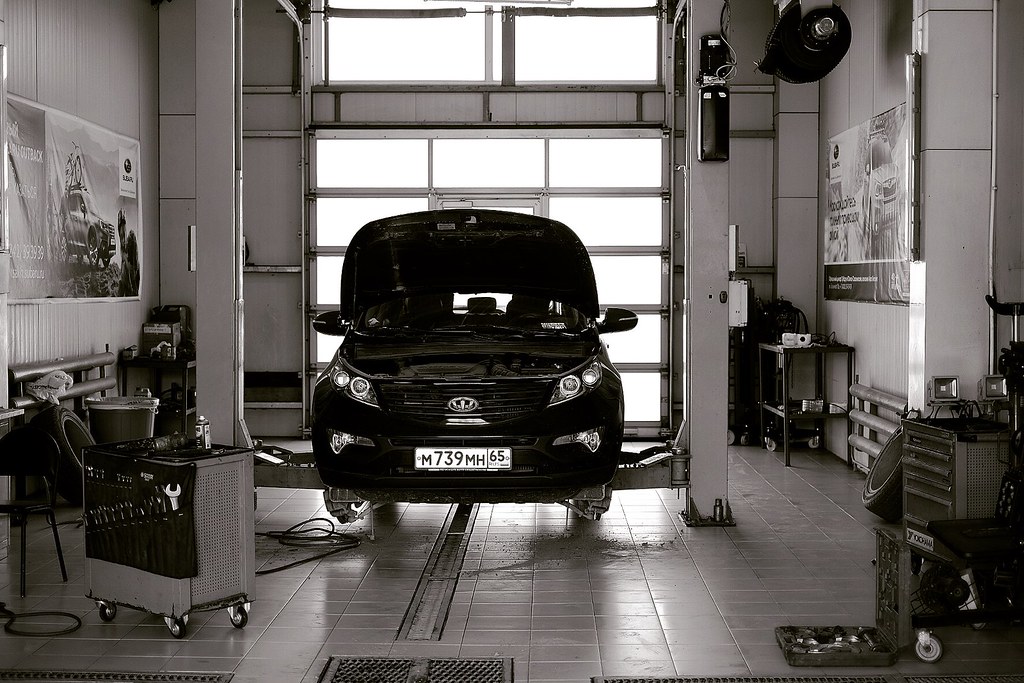
2. **The Persistent Semiconductor Shortage**
Among the most disruptive challenges facing the automotive sector is the persistent global shortage of semiconductors, a critical component underpinning modern vehicle technology. These advanced chips are not merely confined to infotainment systems; they are integral to a vast array of automotive functions, from body panels and seating controls to sophisticated entertainment systems and critical safety features. Jessica Caldwell, head of insights at Edmunds, emphasized the pervasive nature of this issue, stating, “The semiconductor is worrisome because it’s in so many things in the car. It’s not just in a body panel but it could be in the seats, the entertainment system — anything basically.”
This shortage, which emerged during the pandemic era, has been exacerbated by recent geopolitical developments. China’s decision to significantly tighten restrictions on rare earth elements, which are key inputs in semiconductor manufacturing, has created further bottlenecks. This move, earlier this month, prompted a strong response from President Donald Trump, who threatened 100% tariffs on all China-made goods, creating an impasse with massive implications for U.S. automakers reliant on these materials.
Automakers that depend heavily on advanced chips for electric and connected vehicles are experiencing delays stretching into months. In some cases, manufacturers have had to resort to removing high-tech features from their vehicles simply to keep production lines operational, a stark illustration of the severity of the problem. While companies like Tesla, Ford, and General Motors are actively pursuing partnerships with domestic chipmakers to reduce their dependency on overseas suppliers, industry analysts predict that it could take another two to three years before supply and demand for semiconductors reach a state of equilibrium, leaving a sustained impact on availability and pricing.
Read more about: Beyond the Showroom: Why Inventory Woes and Digital Demands Are Reshaping Automotive Dealerships Today

3. **Acute Aluminum Supply Disruptions**
Beyond semiconductors, specific material shortages, particularly involving aluminum, have also caused direct production halts at major automotive plants, immediately curtailing the availability of popular vehicle models. The Wall Street Journal reported earlier this month that a shortage of aluminum halted production at plants operated by Jeep and Ford, specifically pausing the output of some Jeep SUVs and Ford trucks. This is a tangible example of how vulnerabilities in the supply chain for foundational materials can swiftly translate into reduced output and longer waits for consumers.
These disruptions are not isolated incidents but rather symptomatic of broader challenges accessing crucial materials, often entangled with tariffs and trade disputes. The fire last month at aluminum supplier Novelis, for instance, has further impacted vehicle production, especially for Ford, with Wall Street analysts estimating the incident could cost Ford between $500 million and $1 billion in operating income. Such events highlight the fragility of tightly integrated supply chains, where a single point of failure, whether due to trade policy or an industrial accident, can have significant ripple effects across the entire industry.
The consequence for consumers is straightforward: fewer new vehicles arriving on dealer lots, particularly those affected by these specific material shortages. While Ford and Stellantis (Jeep’s parent company) did not immediately respond to requests for comment on the extent of these disruptions, the fact remains that when production lines are paused, the pipeline of new cars shrinks. This directly contributes to the shortage of some vehicles and the upward pressure on prices, as demand continues to outstrip a diminished supply.
Read more about: Seriously What Happened? Unpacking the Perfect Storm That Made Once-Affordable Imported Cars a Distant Memory

4. **Escalating Shipping Delays and Logistics Costs**
The physical movement of goods, a cornerstone of any global supply chain, has become another significant bottleneck, with escalating shipping delays and logistics costs adding further strain to the automotive industry. The global shipping industry continues to grapple with the aftermath of port congestion and persistent container shortages, legacies of earlier global disruptions. These issues, though seemingly distant from the showroom floor, have a direct impact on the cost and timeliness of delivering auto parts and, ultimately, finished vehicles.
Supply chain analysts have reported a substantial increase in the cost of shipping. The cost of transporting a single container of auto parts, for example, has increased by more than 40% since late 2024. This surge in logistics expenses is particularly burdensome for automakers that rely heavily on importing parts from distant regions like Asia and Europe. Delays at major ports can add weeks to vehicle production timelines, creating a domino effect that pushes back delivery dates and increases lead times for new car orders.
To mitigate these growing risks, companies are actively exploring alternative strategies, including regionalized supply chains and nearshoring. These approaches aim to reduce dependence on distant global shipping routes and decrease transit times, thereby lowering vulnerability to international port disruptions and rising freight costs. However, implementing such structural changes requires significant investment and time, meaning the elevated logistics costs are likely to remain a factor influencing new car prices for the foreseeable future, as these costs are ultimately integrated into the overall production expense.
Read more about: The ’70s Riddle: Unpacking 14 Global Disruptions That Halted Imports at Ports of Entry
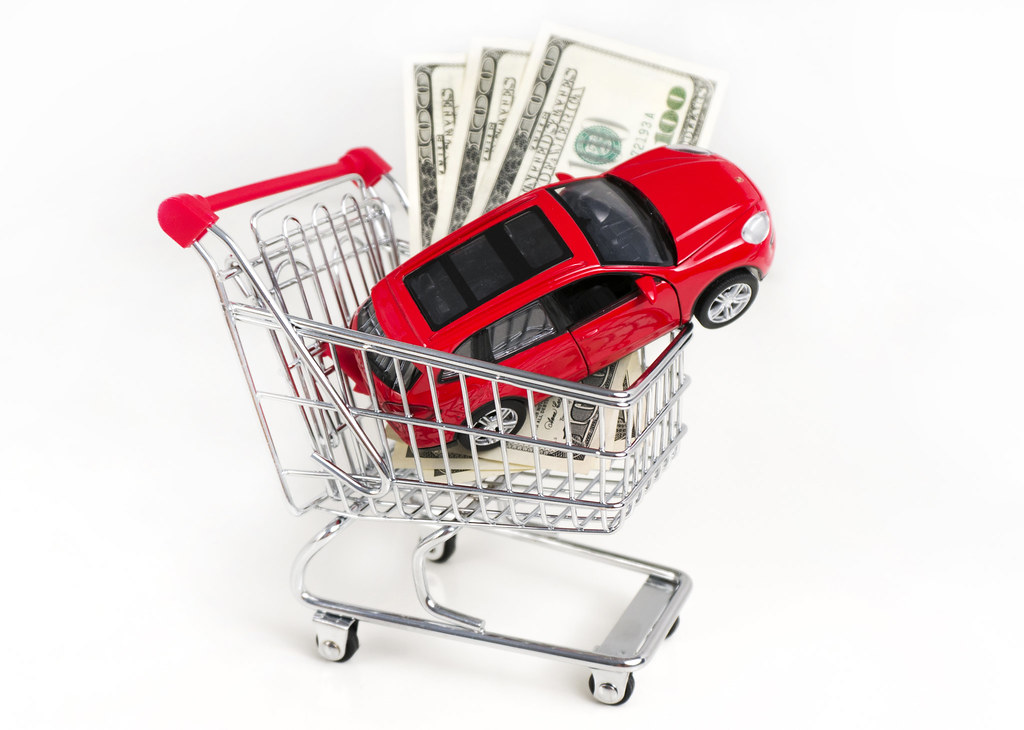
5. **Rising Costs and the Push for Domestic Manufacturing in the EV Sector**
The electric vehicle (EV) market, despite its rapid adoption trajectory, has not been immune to these pervasive supply chain disruptions. In fact, it faces unique challenges, particularly concerning the sourcing and pricing of critical raw materials for EV batteries. Many EV batteries rely heavily on rare earth materials, a significant portion of which are sourced from China. Here, export restrictions and mining slowdowns have directly contributed to price increases, translating into higher production costs for EVs.
The Biden administration’s strategic push for U.S.-based battery production is actively taking shape, with several gigafactories currently under construction. This domestic manufacturing initiative aims to reduce dependency on foreign suppliers and stabilize the supply chain for critical EV components. However, the immediate effects of these long-term investments are still limited, and the transition to a more localized supply network will take time to fully materialize.
In response to these escalating costs and supply chain volatilities, several EV manufacturers have already adjusted their pricing strategies. Companies like Rivian and Lucid have increased base model prices, reflecting the higher input costs they are currently absorbing. Simultaneously, legacy automakers such as Ford and General Motors are actively lobbying for additional government incentives. Their objective is to help offset these rising production costs, thereby aiming to keep EV adoption on track by mitigating price increases for consumers, even as the foundational costs continue their upward trajectory.
Read more about: The Electrifying Pace: Unpacking How 2025 is Transforming EV Charging Speeds and Access Across Global Regions

6. **Direct Impact on Consumer Prices and Availability**
The confluence of tariffs, material shortages, and escalating logistics costs creates a challenging environment for car buyers, directly manifesting in fewer discounts, higher Manufacturer’s Suggested Retail Prices (MSRPs), and significantly longer wait times for new vehicles. The cumulative effect of these supply chain pressures means that automakers, facing increased production expenses and reduced margins, are less able or willing to absorb costs, leading to these being passed on to the consumer.
Jessica Caldwell, head of insights at Edmunds, acknowledged that while the full impact of tariffs and supply chain issues had not been entirely passed on to consumers previously, she cautioned, “That doesn’t mean we won’t eventually.” Joseph McCabe, president and CEO of AutoForecast Solutions, offered a slightly more optimistic short-term view, stating, “I see manufacturers absorbing more of the pain in the short term so they don’t lose customers.” However, this absorption is not indefinite, and the financial toll on automakers, like the projected $7 billion hit for Ford, GM, and Stellantis, suggests that price increases are an inevitable part of the current market.
For consumers, this translates into a fundamentally altered purchasing experience. Many dealerships are shifting away from traditional lot inventory models towards reservation-based sales, where buyers must place orders months in advance. The market for used cars also remains elevated, driven by the scarcity of new vehicles. Experts like Caldwell advise consumers to “keep your eyes open for deals” and not to “hesitate to buy earlier rather than thinking, ‘Maybe in the future it will be a better time to buy.’ I’m not sure it will be.” This underscores a market where proactive decision-making and a realistic understanding of current conditions are paramount, as the dynamics of new car pricing and availability continue to evolve in real time.
The initial half of our analysis meticulously detailed the immediate and tangible pressures reshaping the new car market, from the foundational costs imposed by tariffs to the acute shortages of critical materials like semiconductors and aluminum. We examined how these disruptions, compounded by escalating logistics expenses and unique challenges within the burgeoning electric vehicle sector, have culminated in a discernible impact on vehicle pricing and availability. Now, we pivot to explore the broader, systemic ramifications that these forces are unleashing across the automotive ecosystem, delving into the resilience of the supplier network, the emergence of a bifurcated consumer landscape, the strategic maneuvers by major automakers, the increasing scrutiny from regulatory bodies, and the evolving framework of international trade, all of which will define the industry’s trajectory in the years to come. This next phase of understanding is critical for all stakeholders, as it outlines the adaptive strategies and structural shifts underway.
Read more about: Navigating the Roads of Tomorrow: The 2025 Non-Hybrid Cars Delivering Exceptional Fuel Economy
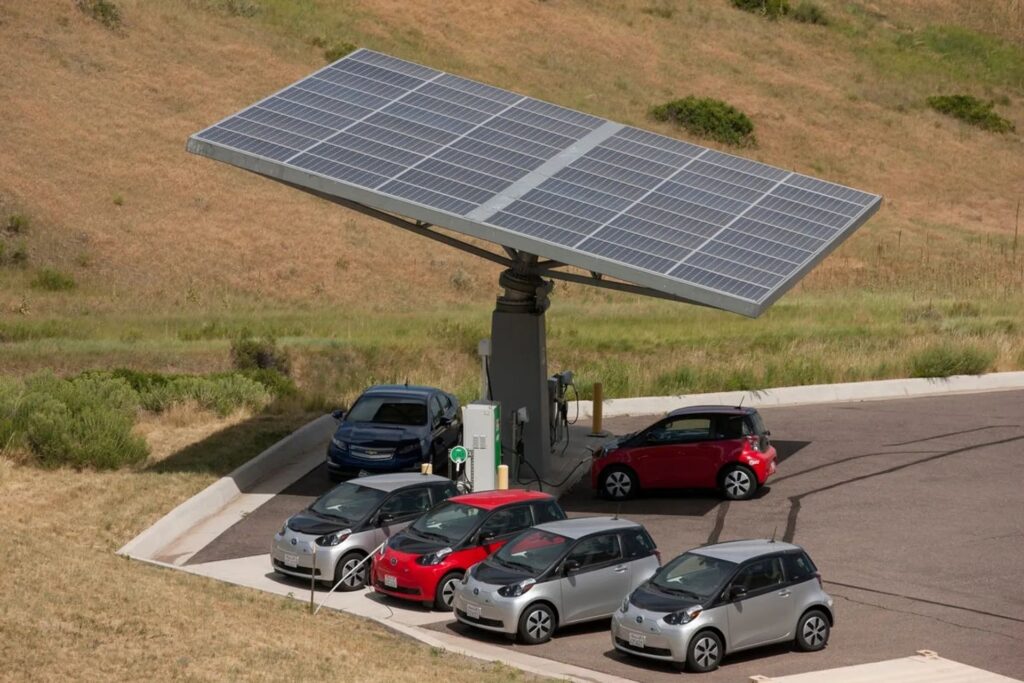
7. **Cascading Effects on the Automotive Supplier Network**
The automotive supplier industry, a vast and intricate web comprising thousands of companies ranging from global multibillion-dollar corporations to specialized “mom-and-pop shops,” finds itself under immense pressure. Industry experts describe the market as “fragile,” suggesting that many suppliers are unable to absorb additional cost increases. This vulnerability has been exacerbated by the very same disruptions afflicting major automakers, creating a cascading effect throughout the entire production chain.
Evidence of this strain is visible in recent financial turmoil within the supplier landscape. The bankruptcy of U.S. auto parts maker First Brands Group in late September, for instance, heightened concerns on Wall Street regarding the broader health of corporate lending and the financial stability of smaller entities within the sector. Such events underscore how systemic challenges, from tariffs to material shortages, translate into existential threats for less resilient components of the supply chain.
While major automakers, or Original Equipment Manufacturers (OEMs), have reportedly done their best to assist suppliers and avoid passing on added tariff costs to them, the longevity of this support remains uncertain. Mike Jackson, executive director of strategy and research for vehicle supplier association MEMA, noted, “The market has been under pressure. It’s fragile.” He further elaborated that while “suppliers clearly are working as hard as they can with their customers to try and mitigate the impact,” these efforts are offset by “a number of different cost pressures that we’ve seen that go beyond the tariffs.”
Despite these headwinds, the performance of larger, publicly traded suppliers like Aptiv, BorgWarner, Dana, and Adient has shown resilience, with double-digit stock gains observed this year. Even Canada-based Magna International, initially projected to be heavily impacted by tariffs, saw a roughly 7% increase. However, this positive financial performance for some contrasts sharply with the broader sentiment: MEMA’s “Vehicle Supplier Barometer” reported its 14th consecutive quarter of building pessimism among North American auto supplier executives, further complicated by ongoing trade tensions with Mexico, Canada, and China, particularly concerning rare earth materials critical for vehicle components.
Read more about: The Auto Bailout: 13 Controversial Decisions That Rescued an Industry from the Brink

8. **The Emergent ‘K-shaped’ Consumer Market**
Concerns are growing that the automotive industry is increasingly mirroring a “K-shaped” economic reality in the U.S., where financial outcomes diverge sharply between different income brackets. This phenomenon, which has gained traction following the coronavirus pandemic, sees wealthier consumers continuing to experience gains, while lower-income households face mounting struggles.
CarMax, a major used vehicle retailer, was among the first in the auto-related sector to sound an alarm regarding consumer health late last month. CarMax CEO Bill Nash acknowledged, “The consumer has been distressed for a little while,” with an auto lending executive from the company warning that “cracks” in the market represent “an industry issue.” This sentiment highlights a growing bifurcation in purchasing power and financial stability across the consumer base.
Further evidence of this divide is found in auto lending data, particularly for subprime borrowers. The recent bankruptcy of subprime auto lender Tricolor serves as a stark reminder of the financial pressures facing this demographic. Fitch Ratings reported that 6.43% of subprime auto loans in August were at least 60 days past due, nearing a record high of 6.45% seen in January. In contrast, delinquency rates for borrowers with higher credit scores have remained relatively stable, underscoring the uneven impact of economic strains.
As Cox Automotive’s chief economist, Jonathan Smoke, aptly put it, “Clearly there is concern about the consumer, because if you’re not in the upper part of the ‘K’ then yes, there is stress.” He characterized this as a “demographic story about median and below income households.” Indeed, approximately two-thirds of new vehicle purchases are made by individuals whose household income exceeds the median, which was estimated at $83,730 last year by the U.S. Census Bureau. This disparity raises critical questions about how the market will respond if tariff-related costs are eventually passed on to new car buyers, potentially intensifying the K-shaped divide and altering buying patterns across different income segments.
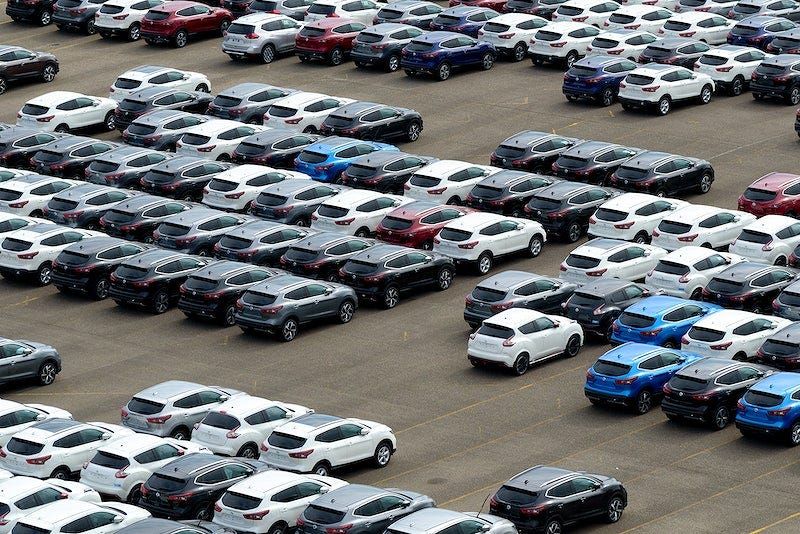
9. **Strategic Responses from Major Automakers**
Faced with a confluence of tariffs, material shortages, and evolving market dynamics, major automakers are implementing a range of strategic responses aimed at mitigating financial impacts and adapting to the new economic landscape. Companies like Ford, General Motors, and Stellantis, which projected a combined $7 billion tariff-related hit to their 2025 earnings, are navigating a complex “balancing act,” as described by Ford Motor CEO Jim Farley, who referred to the industry’s state as “a lot of cost and a lot of chaos.”
Part of their strategy involves leveraging government policy shifts to offset some of these burdens. Automakers are benefiting from the deregulation of fuel economy penalties and corporate gains under the Trump administration’s “One Big Beautiful Bill Act,” which are expected to help cushion the financial blow from tariffs. This proactive engagement with policy aims to create a more favorable operating environment, even as external pressures persist.
In the realm of electric vehicles, where challenges related to rare earth material sourcing and battery production costs are pronounced, automakers are making significant adjustments. General Motors, for instance, pre-reported $1.6 billion in special charges during a recent quarter, directly linked to a strategic pullback in its electric vehicle initiatives. Simultaneously, companies like Tesla, Ford, and General Motors are actively pursuing partnerships with domestic chipmakers, an effort detailed earlier, to reduce their reliance on overseas suppliers and stabilize the critical semiconductor supply chain, ensuring long-term production viability.
Furthermore, legacy automakers are lobbying aggressively for additional government incentives to help offset the rising production costs of EVs. This push is crucial for maintaining the trajectory of EV adoption by mitigating price increases for consumers. These combined strategic maneuvers, from financial offsets and supply chain localization to adjusted EV rollout plans and policy advocacy, underscore the industry’s determined efforts to adapt to an unprecedented period of volatility and ensure sustained profitability.
Read more about: Navigating the Crossroads: How Shifting 2025 Emissions Rules and Policy Debates Reshape America’s Automotive Future and Consumer Choices

10. **Increasing Regulatory Oversight and Forced Labor Concerns**
The automotive industry is facing heightened scrutiny under regulatory frameworks designed to combat forced labor, most notably the Uyghur Forced Labor Prevention Act (UFLPA). This increased oversight is adding a new layer of complexity to global supply chain management, demanding rigorous due diligence from manufacturers and importers.
Customs and Border Protection (CBP) enforcement statistics underscore the significance of this issue. Between 2022 and 2025, CBP detained 17,088 shipments under the UFLPA, preventing them from entering the U.S. A substantial portion of these detentions, totaling 5,961 shipments, were attributed to the automotive and aerospace industries. Alarmingly, 5,713 of these industry-specific detentions occurred in 2025 alone, constituting 82% of all shipments detained that year, highlighting the sector’s particular vulnerability to these regulations.
Adding to this, on August 19, 2025, the U.S. Department of Homeland Security’s Forced Labor Enforcement Task Force (FLETF) specifically designated Chinese steel as a high-priority area for UFLPA enforcement. FLETF identified steel as a key industry within Xinjiang and noted its use in various downstream sectors, including automotive. This targeted emphasis signals that the current administration views the automotive industry as a priority for UFLPA enforcement, necessitating meticulous supply chain monitoring.
Noncompliance with the UFLPA carries severe repercussions beyond just the detention or seizure of goods; it can also expose importers to significant civil penalties. Consequently, stakeholders within the automotive sector are compelled to continuously enhance their supply chain due diligence programs. This involves not only scrutinizing direct suppliers but also delving deeper into sub-tiers to identify and mitigate any potential links to forced labor, ensuring ethical sourcing and regulatory adherence in an increasingly scrutinized global trade environment.
Read more about: Unpacking the MPG Puzzle: Why Real-World Fuel Economy Often Diverges from EPA Ratings for Today’s Consumers
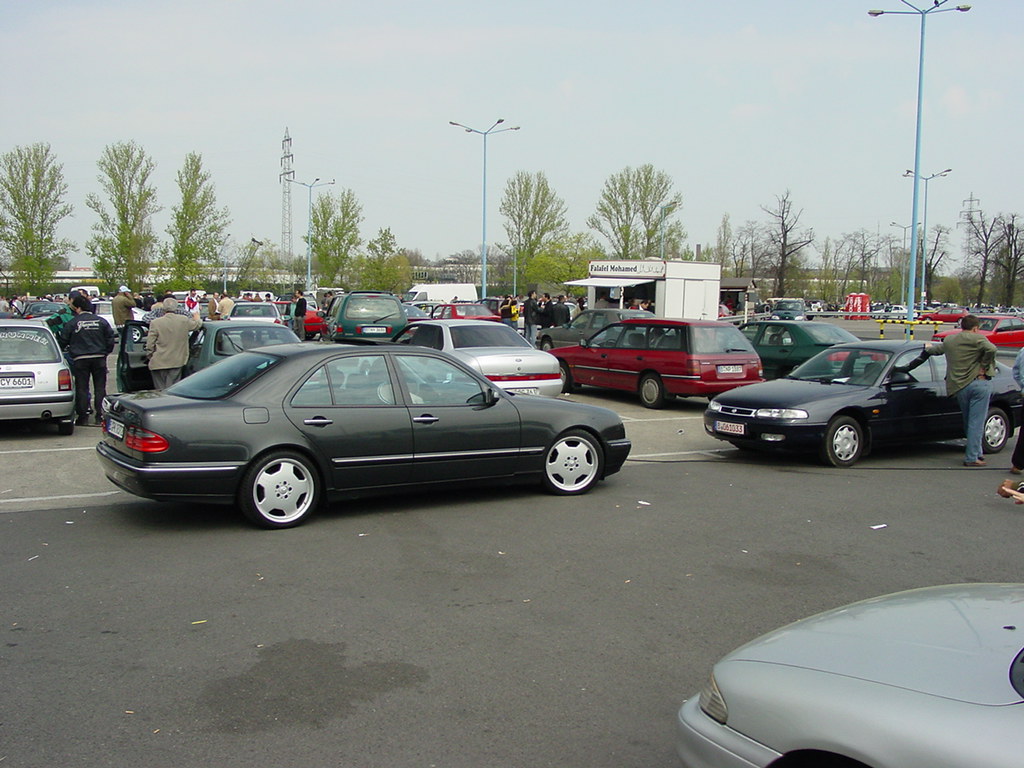
11. **Evolving Landscape of International Trade Agreements**
The current U.S. administration has ushered in a period of dynamic shifts in international trade policy, directly impacting the automotive sector through new tariff measures and increased scrutiny of foreign supply chains. The United States–Mexico–Canada Agreement (USMCA) offers a primary mechanism for importers to minimize tariff exposure by certifying the amount of U.S. content in their vehicles and parts, thereby leveraging duty-free treatment and encouraging shifts in supply chains to North America.
Beyond regional accords, bilateral agreements have emerged to adjust broader tariff rates. On July 23, 2025, a trade agreement between the U.S. and Japan was finalized, which saw Japanese automotive exports subjected to a reduced 15% tariff, down from the originally proposed 25%. In return, Japan committed to investing $550 billion in the U.S. and, crucially, granted U.S. automakers access to its consumer market by approving U.S. automotive standards—a significant breakthrough for American manufacturers.
Similarly, on July 27, 2025, the U.S. entered into the Cooperation Agreement on Reciprocal, Fair, and Balanced Trade with the European Union. Outlined on August 21, 2025, this agreement capped tariffs at 15% for key sectors, including automotive. The U.S. agreed to reduce automotive tariffs to 15% once the EU proposed legislation to reduce its tariffs on U.S. industrial and agricultural goods. The EU emphasized a “clear ceiling” of 15% on tariffs, asserting “no stacking” with other U.S. tariffs and even proposing tariff reductions to 0% on “strategic products” like aircraft components and semiconductors, though details on steel, aluminum, and copper tariffs remain subject to further clarification.
The ongoing trade relationship with China remains a critical and unresolved factor. Since April 2, 2025, the U.S. and China have been engaged in a trade war, with the U.S. imposing a 10% reciprocal tariff on Chinese imports, which has seen repeated suspensions of heightened tariffs, most recently until November 10, 2025. The final outcome of these U.S.-China negotiations holds massive implications for the automotive industry, given China’s pivotal role as a major exporter and supplier of automotive parts and rare earth materials to the U.S., necessitating continuous monitoring by industry players for shifts in trade policy and their consequential impacts.
Read more about: The Pharmaceutical Odyssey: Two Centuries of Innovation, Impact, and Unfolding Challenges
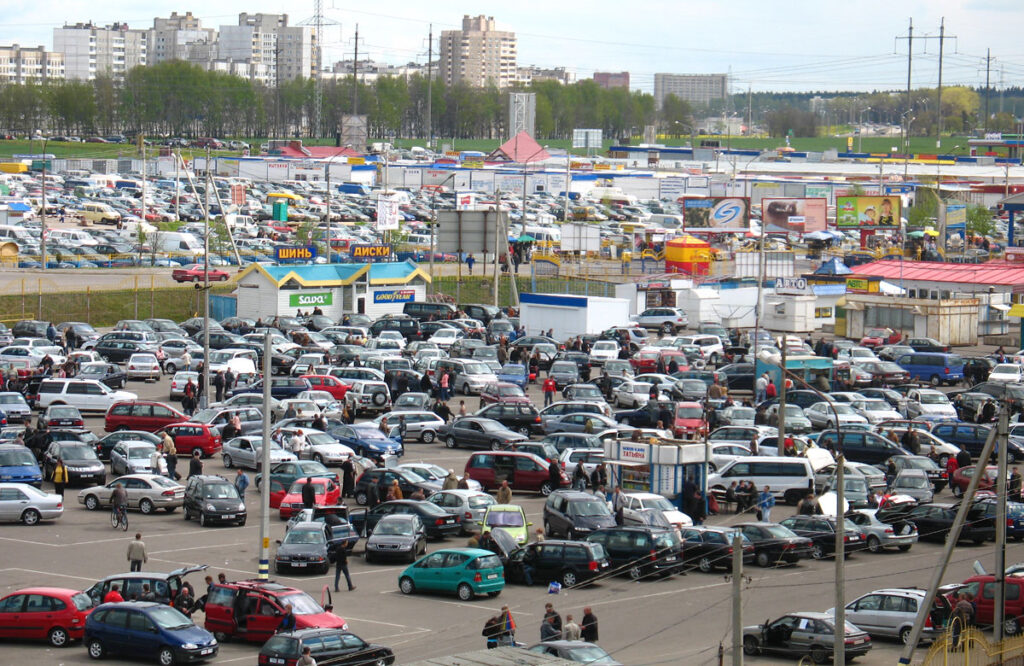
12. **An Outlook on the Market’s Future Trajectory**
As the automotive industry navigates this complex and volatile period, a clear forward outlook, while challenging to predict with absolute certainty, points towards both short-term stabilization and significant long-term structural evolution. Many industry observers anticipate that the acute supply chain disruptions, which have profoundly influenced new car prices and availability, are likely to ease by late 2025 or early 2026. This potential calming of immediate pressures could bring some respite to a market that has been under considerable strain.
However, this anticipated easing does not signal a return to previous norms. Instead, it is expected to be accompanied by deep-seated, long-term structural changes within the industry. Automakers are proactively investing in strategies to insulate themselves from future crises, including the development of more localized supply chains, greater adoption of automation in manufacturing processes, and the exploration of alternative production techniques. These initiatives are designed to build resilience and reduce dependency on vulnerable global networks.
For consumers, the advice remains consistent with the current market dynamics: patience and strategic purchasing decisions will be paramount. With dealers shifting towards reservation-based models and the used car market remaining elevated, proactive planning for vehicle acquisition is essential. The market’s evolution means that traditional buying habits may need to adapt to a landscape that still favors informed, deliberate choices, as recommended by experts like Jessica Caldwell, who advises against delaying a planned purchase in hopes of a better future market.
Ultimately, the confluence of persistent geopolitical tensions, technological advancements, and shifting trade policies ensures that the way cars are priced, manufactured, and sold is undergoing a profound transformation in real time. The journey ahead for the automotive sector will be defined by its agility in adapting to these ongoing changes, reinforcing supply chain robustness, and carefully balancing cost pressures with consumer expectations, all while continuing to navigate the intricate interplay of global forces.
Read more about: Beyond the Roar: Unpacking the Resurgence of Classic Muscle Cars for American Enthusiasts
This landscape demands a continuous vigilance from all participants, from the boardroom to the dealership floor, as the future of mobility is reshaped by these extraordinary challenges and the innovative responses they compel. The enduring resilience of the industry, underscored by its capacity for adaptation and strategic foresight, will be the true determinant of its success in an era where stability is a moving target and evolution is the only constant.


